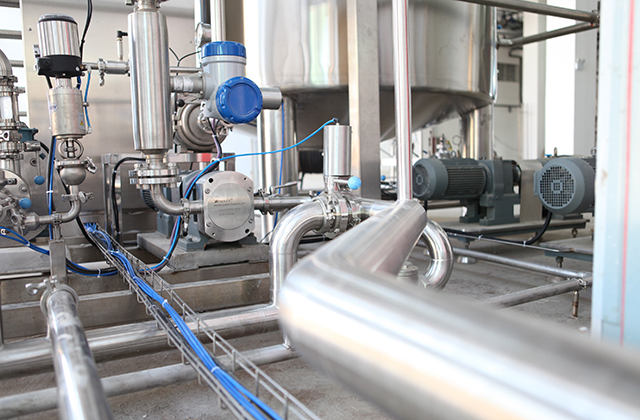Trenchless repair is a method of repairing or replacing damaged pipes without the need for excavation. It is often used as a cost-effective and efficient alternative to traditional repair methods that require digging up the damaged pipe. Trenchless repair methods include pipe lining and pipe bursting, and they offer several advantages over traditional repair, including less disruption to the surrounding area, faster completion times, and reduced costs. The same methods they are using for trenchless pipe relining Sydney for their clients.
Most Common Material Used for Trenchless Repair
Several types of materials can be used for trenchless repair, including resin, polyethylene, polyurethane, and fiberglass. When choosing a material, it is essential to consider factors such as the type of damage to the pipe, the type of pipe material, the size of the pipe, and the location of the damage. However, the most common material used for trenchless repair is cured-in-place pipe (CIPP) lining.
CIPP lining is a trenchless repair method that involves inserting a flexible liner into the damaged pipe, which is then inflated and cured in place with heat or UV light. The liner is made of a durable material that can withstand the rigors of daily use, including chemical exposure and temperature changes.
Advantages of Using the Most Common Material for Trenchless Repair
Durability: CIPP lining is a durable material that can last for several decades, making it an excellent investment for property owners.
Cost-effectiveness: Because trenchless repair methods do not require excavation, they are often more cost-effective than traditional repair methods, especially when considering the costs of restoring the affected area.
Compatibility with different types of pipes: CIPP lining can be used on various pipe materials, including PVC, cast iron, clay, and concrete, making it a versatile option for different types of repair projects.
How to Implement Trenchless Repair Using the Most Common Material
Inspection of the damaged pipe: Before implementing trenchless repair, it is crucial to inspect the damaged pipe thoroughly. This includes identifying the type and location of the damage, the size and material of the pipe, and any other relevant factors.
Preparation of the site: Once the inspection is complete, the next step is to prepare the site. This involves cleaning and drying the pipe, removing any debris or obstructions, and ensuring that the area around the pipe is clear of any obstacles.
Selection of the appropriate material: Based on the results of the inspection and the site preparation, the appropriate material for the repair project can be selected. In most cases, CIPP lining is the most common material used for trenchless repair.
Installation of the material: The liner is inserted into the damaged pipe and then inflated with air or water, depending on the specific installation method. Once the liner is in place, it is cured using heat or UV light to create a strong and durable seal.
Testing of the repaired pipe: After the installation is complete, the repaired pipe is tested to ensure that it is functioning correctly. This includes pressure testing, leak testing, and other quality control measures to ensure that the repair has been successful.
In conclusion
Trenchless repair using cured-in-place pipe (CIPP) lining is the most common material used for repairing damaged pipes without excavation. This method is durable, cost-effective, and compatible with various pipe materials, making it a versatile option for different types of repair projects. By following the steps of inspecting the damaged pipe, preparing the site, selecting the appropriate material, installing the material, and testing the repaired pipe, trenchless repair projects can be implemented effectively and efficiently.
